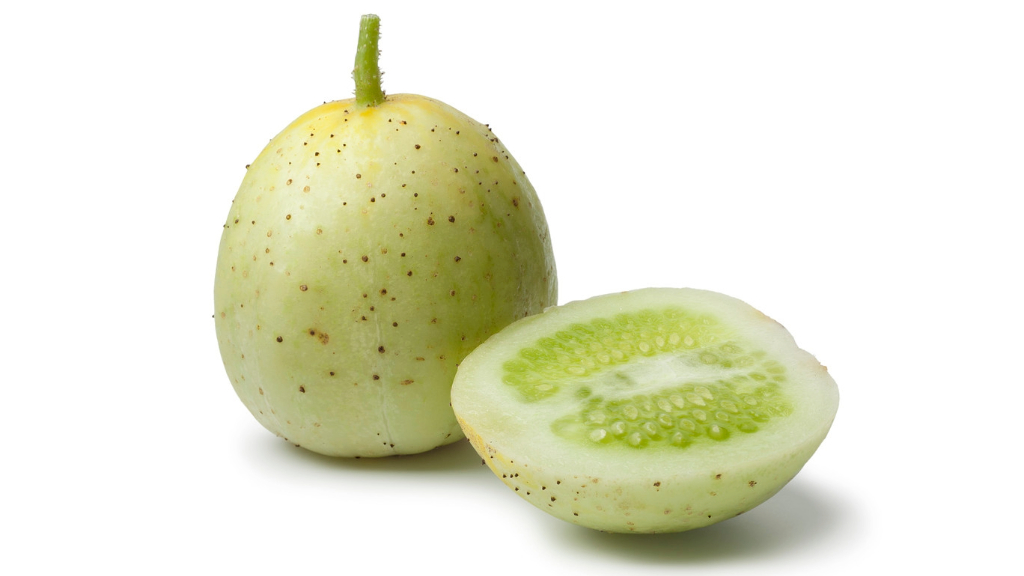Learn About Crystal Apple Cucumber History


Crystal apple cucumber plants sound like mystical fruits that were grown for the fun of it by Mother Nature. The name alone is evocative of fairy godmother meddling and magical pumpkin to coach sleight of hand. Their chubby round form and entrancing flavor aside, crystal apple cucumbers are a historical treasure that can be grown today from seed on many heirloom sites. Try growing crystal apple cucumbers in your garden and bring some of that enchanted charm to your dinner table.
Crystal Apple Cucumber History
Cucumbers are one of the juiciest, low calorie, health enhancing vegetables around. Actually, cucumbers aren't technically veggies at all but fruits and closely related to melons. Heirloom cucumbers are thought to have originated in India as wild fruits with distinct bitter flavoring but the same extra hydrating properties as our modern cultivars. Most of the bitterness was bred out of the fruit to make a more palatable food source by the 7th century BC. Cucumbers migrated from India into China and Japan where some of the sweeter varieties were developed. Early Roman and Greek farmers were instrumental in increasing the forms and varieties as well as methods of preserving and using the fruits. In the Victorian era, the fruit was a popular garden choice for its excellent pickling results and fresh juicy taste. Crystal apple cucumber plants were introduced to North America by the Arthur Yates and Company of Sydney, Australia. The variety soon fell out of fashion and became almost extinct in American cultivation by the middle of the 20th century. Fortunately for those of us who like exciting diversity and seek to safeguard our historical food sources, these small cucumbers can still be grown from seed that is optimistically offered by numerous sources - such as seed saver exchanges and heirloom seed stores. You may have to look a bit to find the seeds, but they are well worth adding to your garden.
About Crystal Apple Heirloom Cucumbers
Crystal apple is a 3-inch oval to round fruit. Its charisma lays in its adorable size combined with a sweet, mild, tender flavor and texture. This appealing fruit will win over any larger cucumber enthusiast with its juicy flesh and thin, edible skin. The fruits are creamy white with light green stripes, but deepen to light yellow if allowed to ripen further on the vine. The best flavor comes from the lighter ivory hued fruits. These cukes are so sweet and tender they are eaten out of hand just like an apple (a possible reference to its name), but the flavor can better be evoked by a summer rainy day on freshly mown grass. They also take well to pickling and brining, brighten up any spicy dish and make a beautiful tzatziki.
Growing Crystal Apple Cucumbers
You can start these little beauties in April, either indoors in cooler climes or outside in prepared garden beds. In areas without frost, you can seed in midsummer for a fall harvest. Sow seed an inch deep and 12 inches apart in a full sun location. Spread organic mulch around young plants to prevent weeds and conserve moisture. The vines are remarkably resistant to disease but they require regular water to develop the moisture rich fruits. Crystal apple vines produce fruit throughout the season with regular picking. Harvest fruits 15 to 18 days after pollination when they are palm sized. Larger fruits will develop a bitter taste and soft flesh. You can expect fruits 70 days after seeding.
Sign up for the Gardening Know How newsletter today and receive a free copy of our e-book "How to Grow Delicious Tomatoes".
